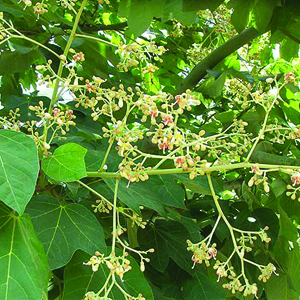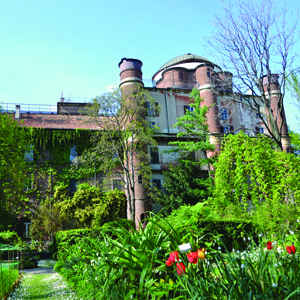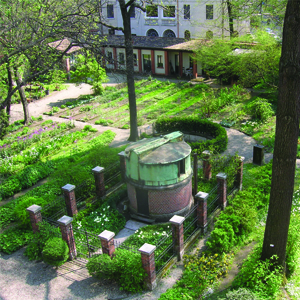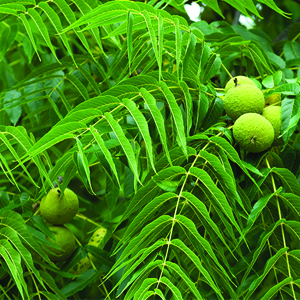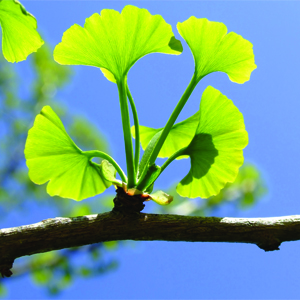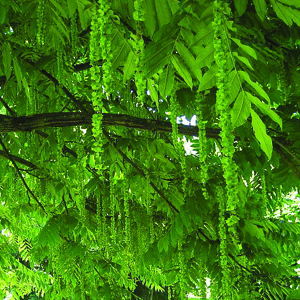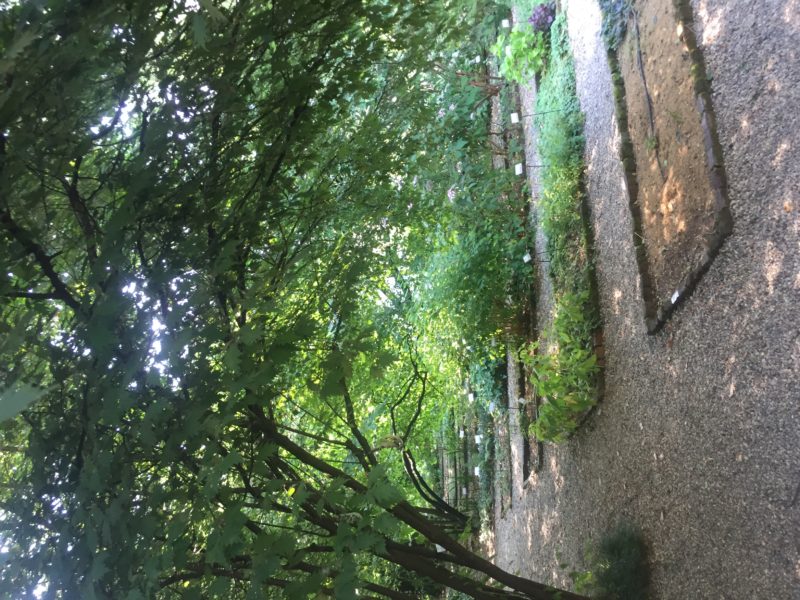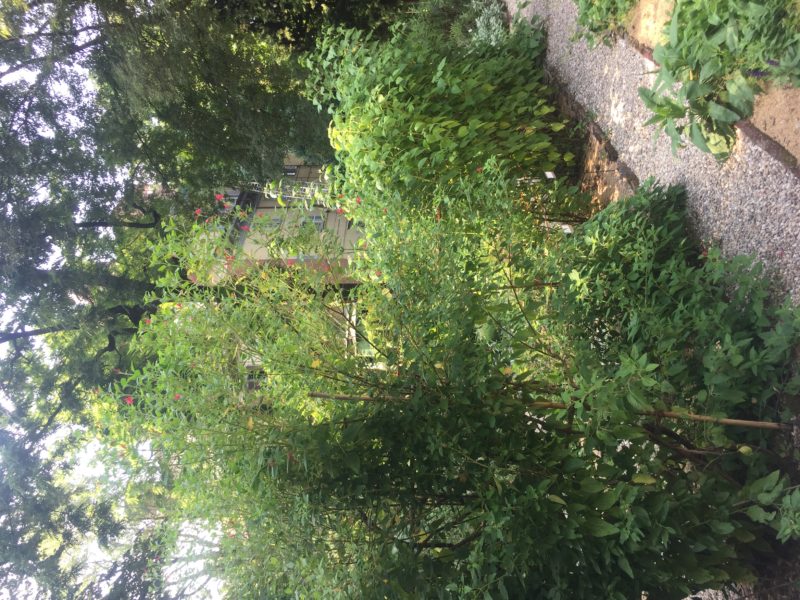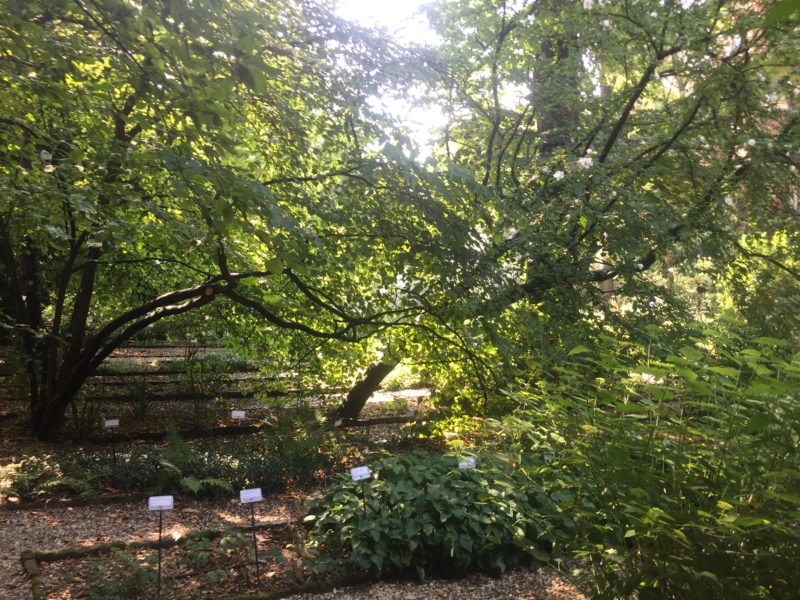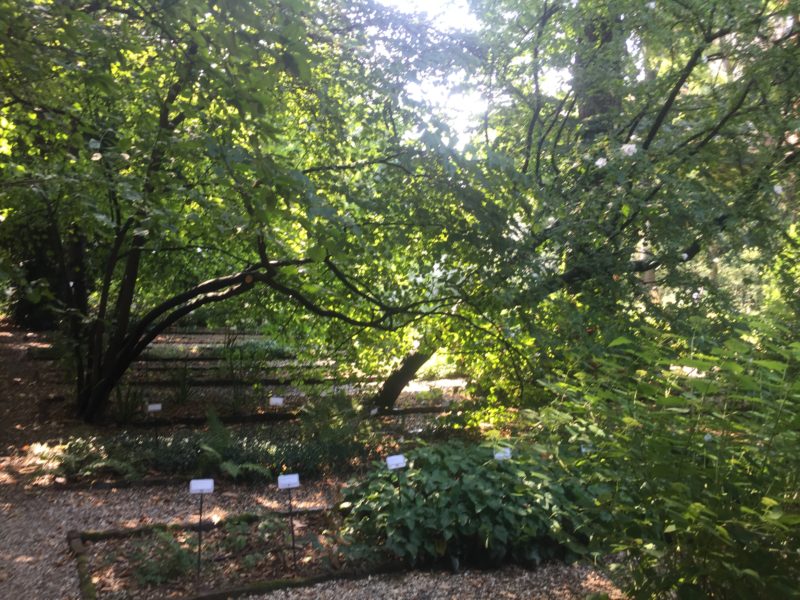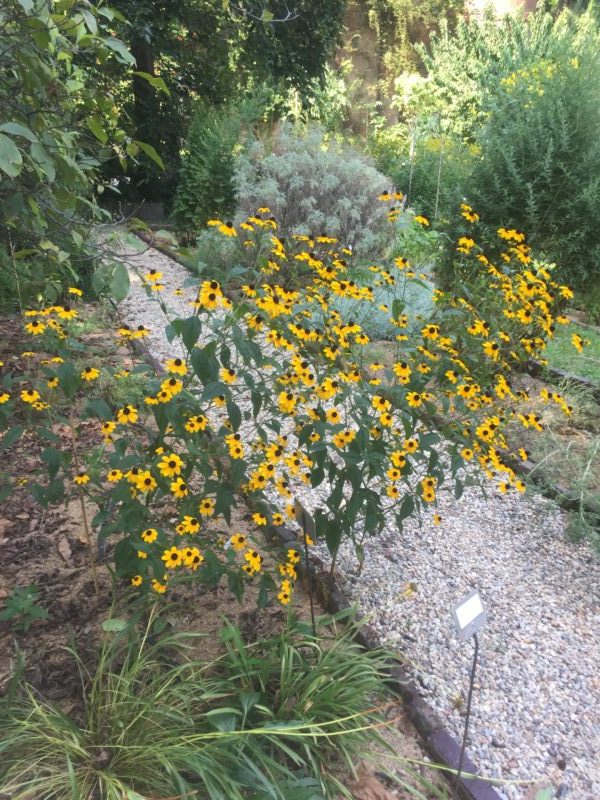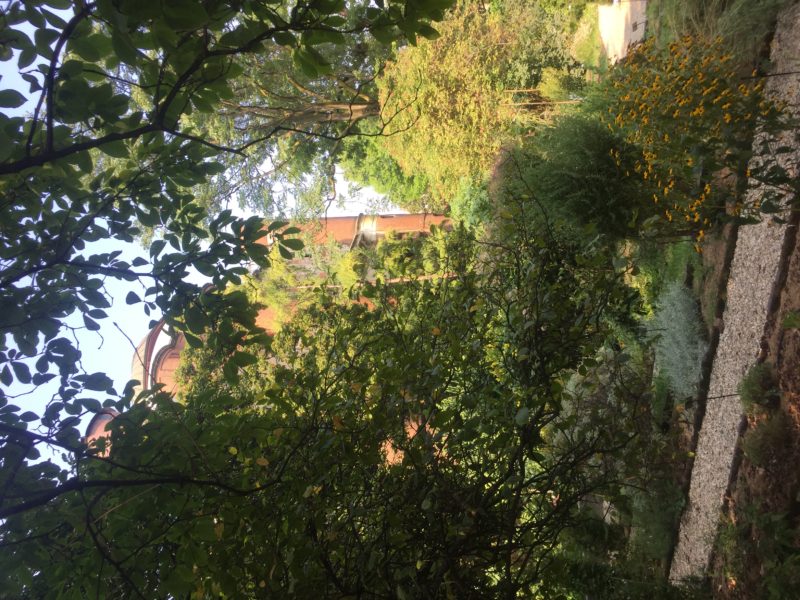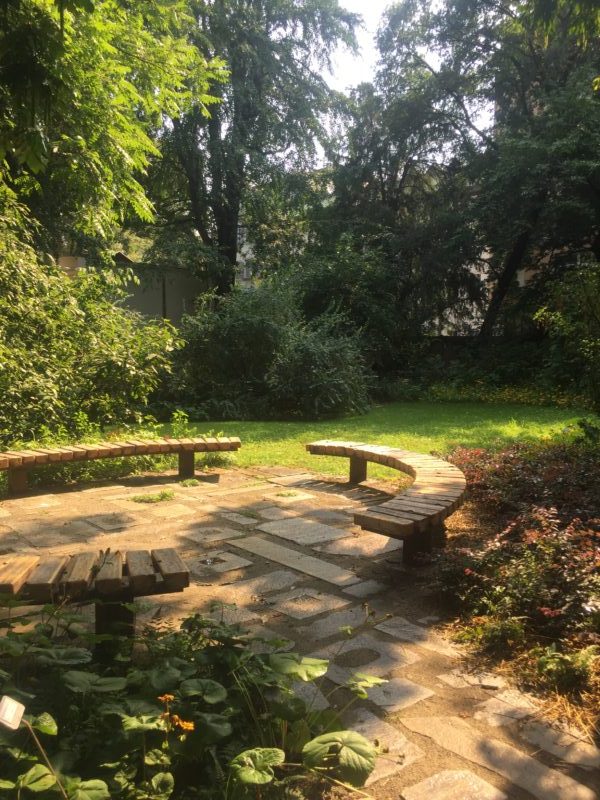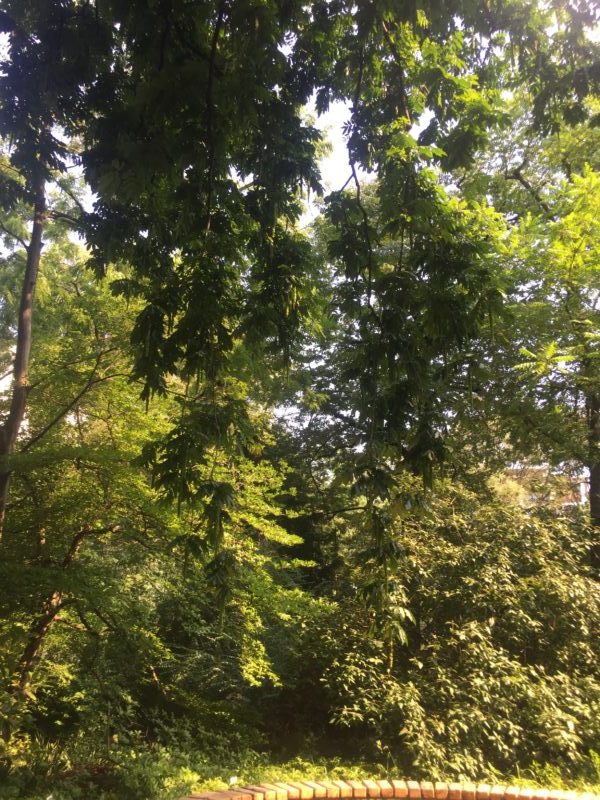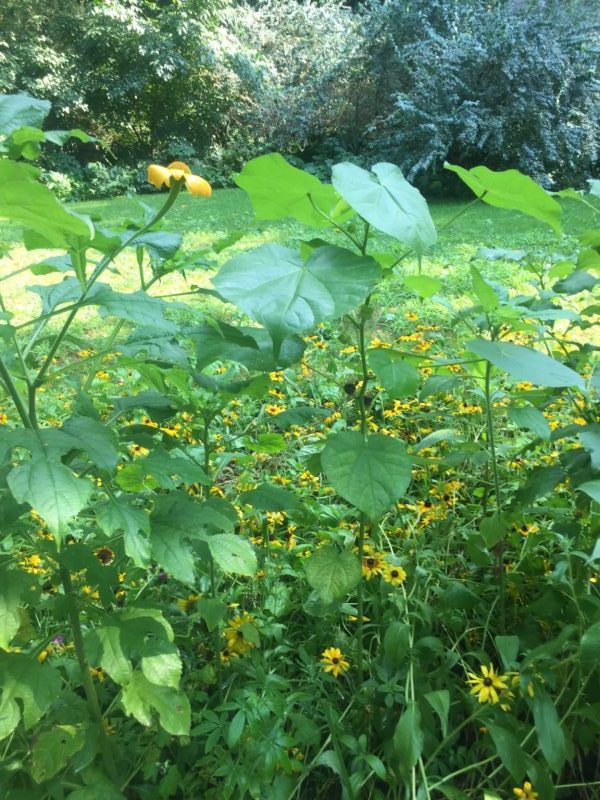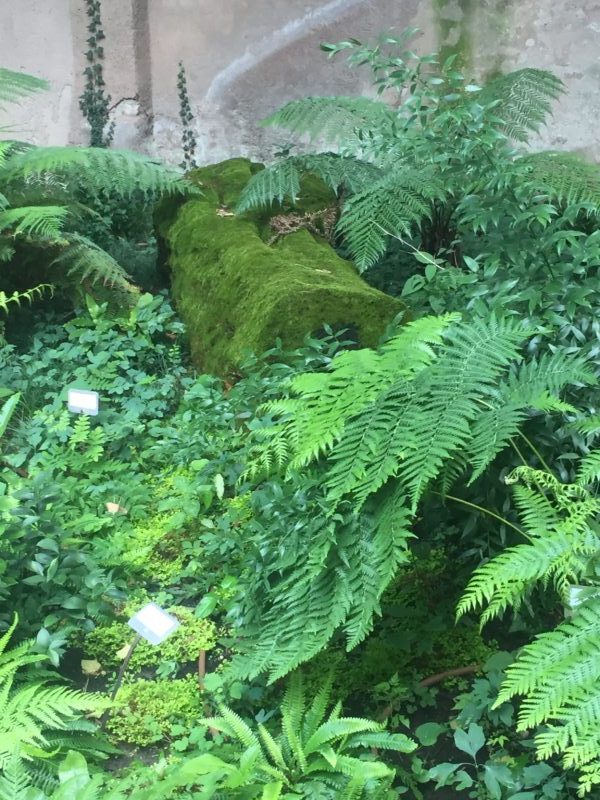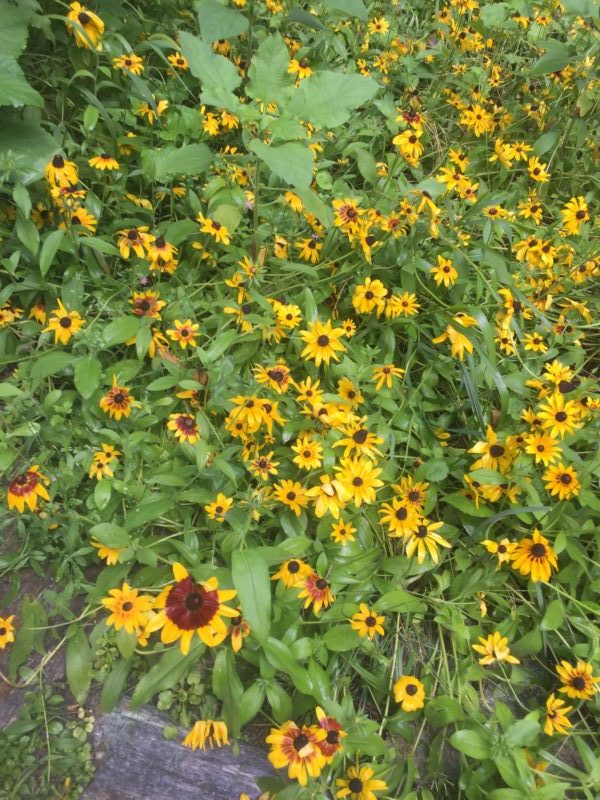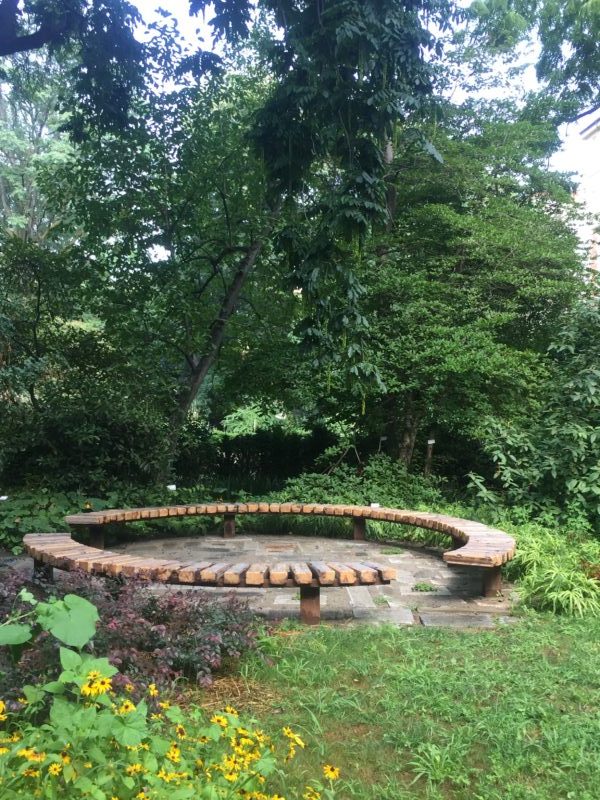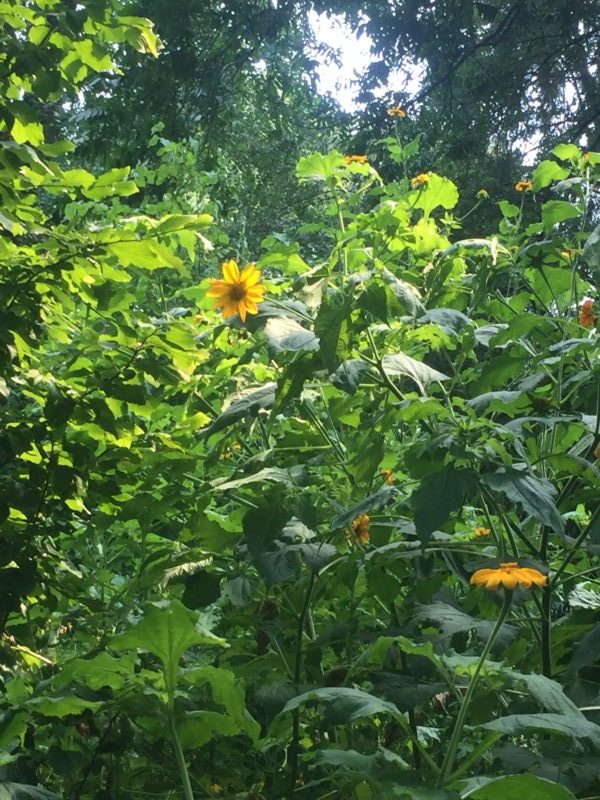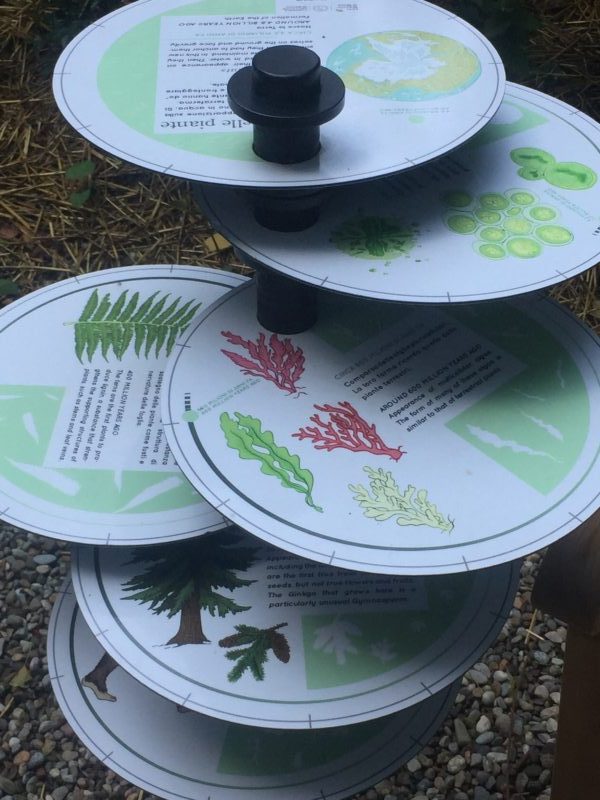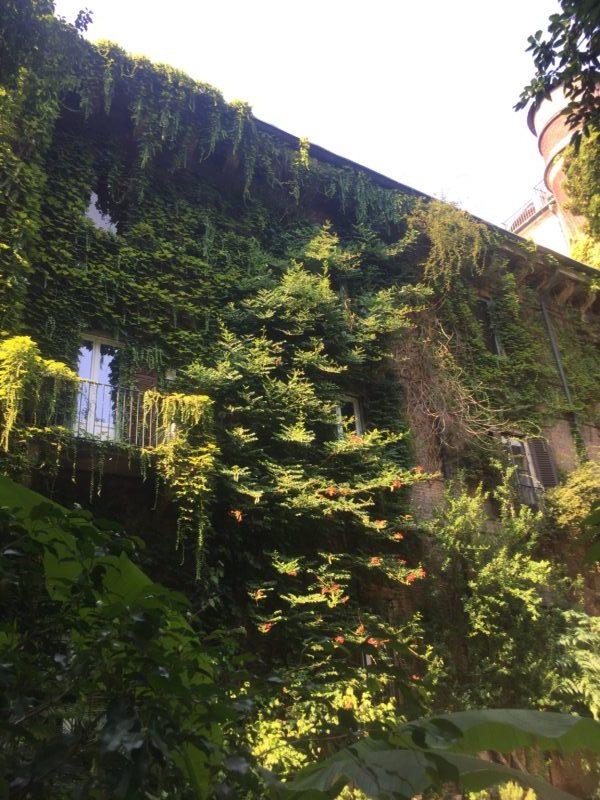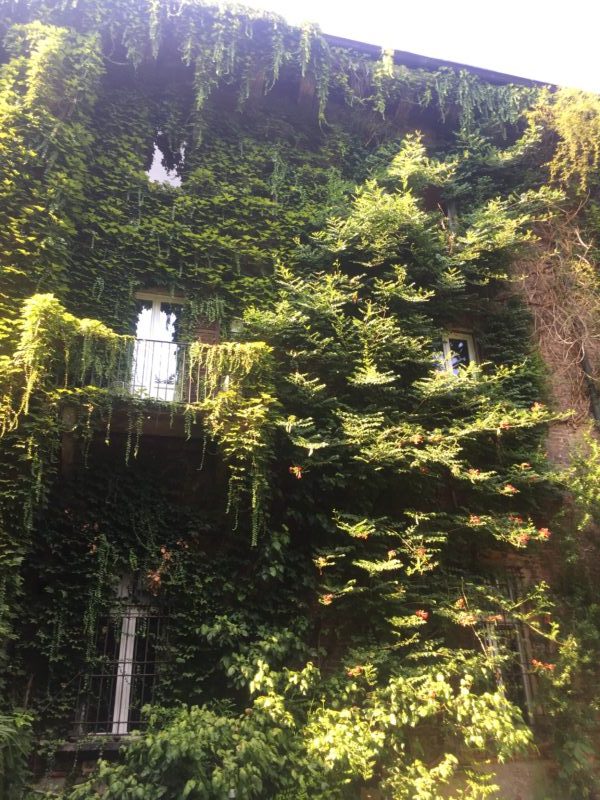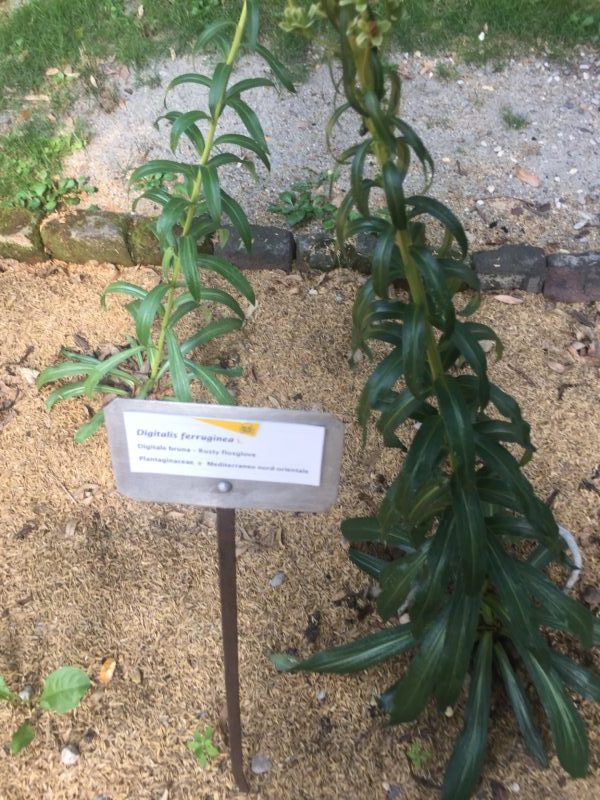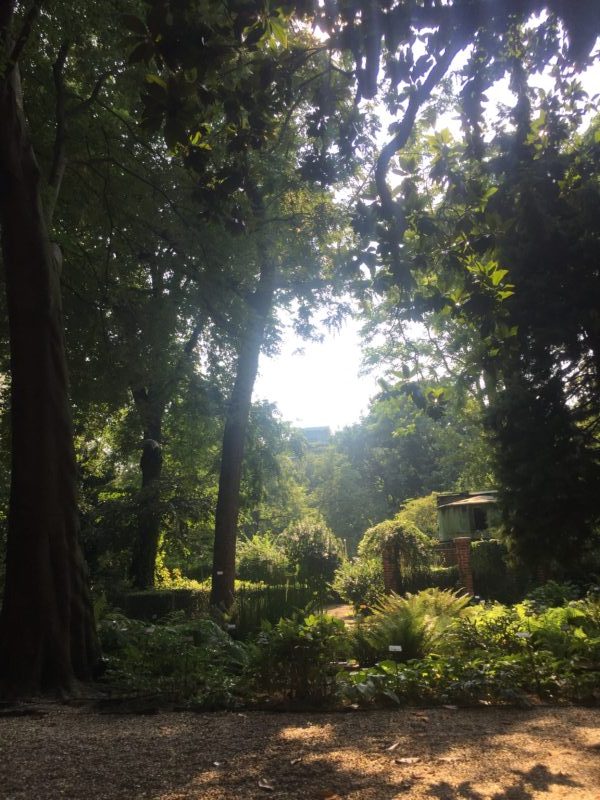
Brera Botanical Garden – Astronomical Museum
This post is also available in:
 Italiano (Italian)
Italiano (Italian)
The Brera Botanical Garden also called “Hortus Botanicus Braidensis”, is in the center of Milan, close to the Brera Palace. It covers an area of about 1.23 acres, with parts of the original flower bed layout. It was built in 1774 by Maria Theresa of Austria, who transformed the former Jesuit garden along with the Astronomical Observatory.
Several other transformations occurred during the French occupation until 1935 when it passed under the management of the Istituto Superiore di Agricoltura.
After a period of neglect, it was restored and re-opened to the public in 2001.
Since 2005 it has been a university museum, along with the Brera astronomical observatory.
The Garden often hosts events and activities for the public and school students, offering workshops and instructional courses, watercolor painting sessions, gardening, scientific, and educational seminars.
Inside, it still retains the original walkways, two XVIII century pools, elliptical-shaped, the XIX century greenhouse attributed to Giuseppe Piermarini, and still fully operational.
In 2013, a special path for blind people was created thanks to the Rotary Club Milano Brera, in cooperation with the Italian Union of the Blind and Visually Impaired, and the Architecture Design Department of Milan’s Polytechnic. It consists of a trail fitted with underground RFID (passive transponder microchips); a special antenna – fitted in the walking canes – sends signals to earphones paired with mobile phones that, in turn, provide information about the garden itself and the different features of the plants in three languages – Italian, English and French.
About 300 important botanical species grow in the garden, including important trees like walnuts (Juglans nigra), Ginkgo biloba, Pterocarya fraxinifolia, Firmiana platanifolia
, and collections of hydrangeas and medicinal plants (many specimens belonging to the genus Sage).
There are also Acer pseudoplatanus, Magnolia grandiflora, Celtis australis, Plantanus x hybrida, Diospiros kaki, Ilex cornuta, a 131-ft high Tilia tomentosa, Ailanthus vilmoriniana, a beautiful Caucasian wingnut tree (Pterocarya fraxinifolia), Firmiana platanifolia, and two Ginko biloba among the oldest in Europe. Then, there’s plenty of Acer pseudoplatanus, Magnolia grandiflora, Celtis australis, Plantanus x hybrida, Juglans nigra, Diospiros kaki, Ilex cornuta, and Ailanthus vilmoriniana.
In the flowerbeds, restored according to their original design, there are collections of medicinal plants, the vegetable garden, the collections of sage, peonies, columbines, hydrangeas, and ferns. Not to mention the collection of spring bulbs created with the International Center for flower bulbs from Hillegom, in the Netherlands.
The area of the Arboretum was restored in 2018, where visitors can admire the two Gingko biloba trees planted by Maria Teresa of Austria, true symbols of the botanical garden. The arboretum also features an amazing Pterocarya fraxinifolia, and other impressive trees.
A yew hedge (Taxus baccata) now separates this romantic area and its winding paths, summer flower meadows (mauve, tickseed, coneflowers), and ferns with mahonias borders.
Right inside there’s also “The Pool of Thoughts”, a circular brick and stone seat, which invites to rest and meditate, similar in size to the two pools in the garden. The latter features several plant species, such as the famous centuries-old wisteria, Rosa banksiae “lutea”, Muhlenbeckia complexa, Campsis radicans, Anrendera cordifolia, Jasminum nudiflorum, Jasminum officinale, and Rhyncospermum jasminoides.
Among the climbing plants, visitors can find hydrangeas (Hydrangea anomala subsp. Petiolaris, or the evergreen Hydrangea seemannii with aerial roots on the trunk of the ancient lime tree).
Further south, along the wall that surrounds the garden, there is a good collection of multi-shaped-leafed ivy.
There are several varieties of Hedera helix, “Elegantissima”, “Pedata”, “Oro di Bogliasco”, “Atropurpurea”, “Bill Archer”, “Cavendish”, “Duck Foot”, “Sagittifolia”, and “Tear Drop”.
There are also specimens of Hedera algeriensis, and Hedera algeriensis “Gloire de Marengo”, in addition to H. hibernica species.
Six flower beds are dedicated to the Lamiaceae family (such as Salvia, Mentha, Lavandula, Origanum, Thymus) characterized by essential oil glands.
The particular collection of sage includes, in addition to species of European origin, Asian, American, and African varieties with different fragrances and colorful appearance. They can surely endure the winter in Milan, as they are all rustic species that in nature (Peru and Bolivia) grow at high altitudes and can easily adjust to the harsh climate.
PLEASE NOTE: due to current work in process, the only entrance for visitors in on via Fratelli Gabba 4.
Bibliography
Sandra Sicoli – “The botanical garden in Milan: the beginning years”;
Aurora Scotti – “Brera 1778 – 1815 Birth and development of a Milanese cultural institution” Quaderni di Brera 5.
This post is also available in:
 Italiano (Italian)
Italiano (Italian)
Contatti
Via Brera, 28 - Via Fiori Oscuri 4 - Via Fratelli Gabba 4 - Milano(MI)
02 50314696
infobrera@unimi.it
http://www.brera.unimi.it/museo/orto
Altre info
Gratuito
Tutto l'anno, escluso agosto e dal 24 dicembre al 6 gennaio. Chiuso la domenica.
Da aprile a ottobre dalle 10 alle 18; dal novembre a marzo dalle 9.30 alle 16.30 . Aperture straordinarie su appuntamento con visite guidate ed attività oppure in corrispondenza di eventi speciali.
